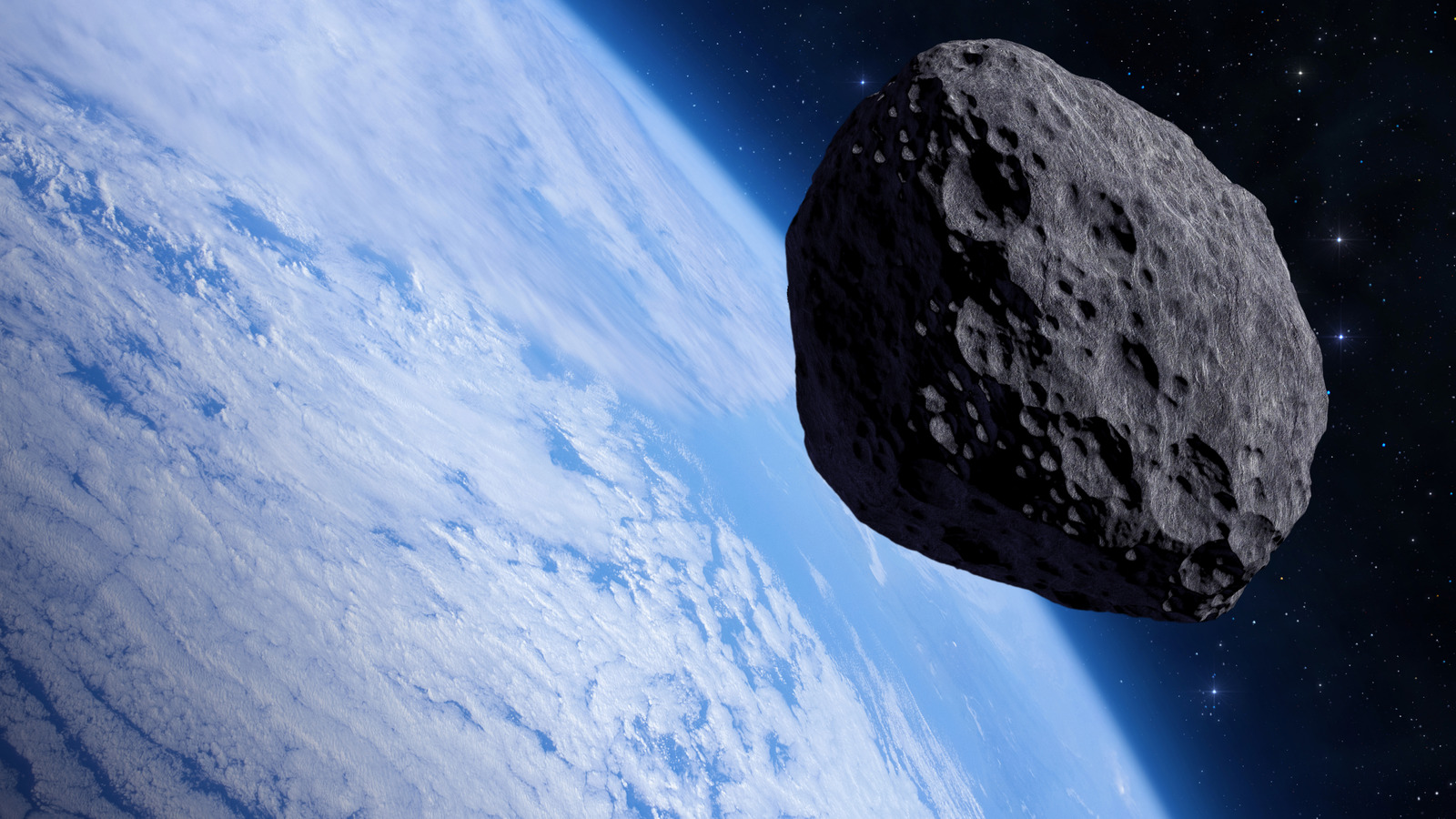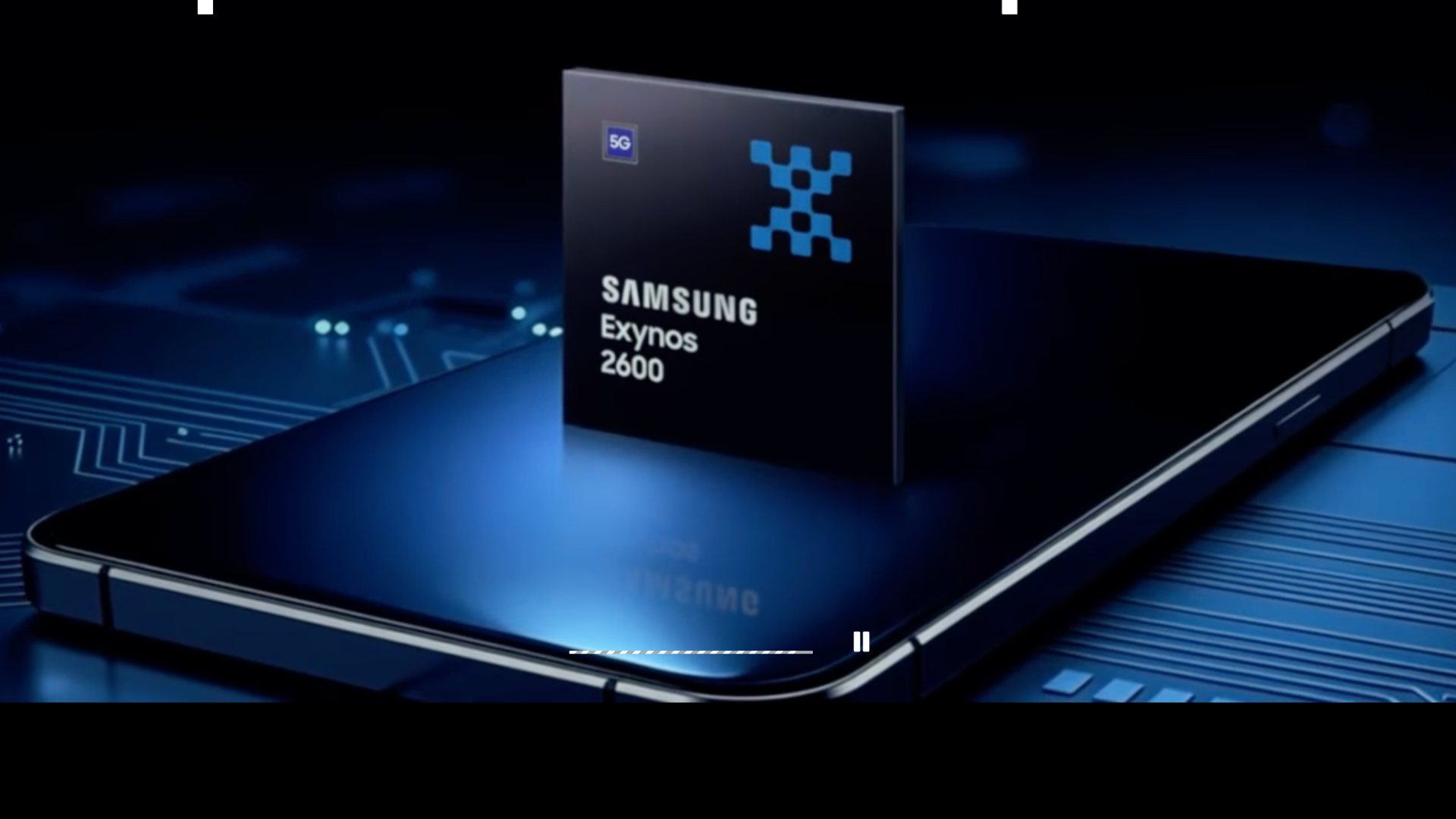In 2016, NASA consolidated several programs into the Planetary Defense Coordination Office (PDCO), designed to work with other federal agencies, including the Federal Emergency Management Agency. The point was to keep watch on the skies and search for dangerous space objects — asteroids and comets — that approach close to Earth. If an impact is unavoidable they will work with other emergency management agencies to coordinate and interface with the public.
Objects that come close to Earth are called near-Earth objects (NEOs). NEOs are any comet or asteroid that comes within 121 million miles of the sun, which also means they can pass within about 30 million miles of Earth’s orbit. Another relevant classification is potentially hazardous objects (PHOs) which are NEOs that come within 4.7 million miles of our orbit and are over 500 feet in size. There are thousands of NEOs and PHOs worth watching floating around space. Recently, the PDCO has received some extra attention due to the potentially anomalous 3I/ATLAS, thought to be a comet.
Is the Planetary Defense Coordination Office necessary?
As of September, 2025, NASA has discovered over 39,000 near-Earth asteroids of varying sizes. Asteroids larger than 3,000 feet number nearly 900, with an estimated 50 left undiscovered. There are more than 11,000 asteroids larger than 500 feet that we know of, with an estimated 14,000 left unfound. In other words, there are a lot of space rocks floating around out there, so it’s a good idea to have someone looking out for potential impacts.
But what happens if one slips through our defenses? Consider that the Tunguska asteroid, which exploded over Siberia, was less than 300 feet large yet flattened nearly 800 square miles of forest. Asteroids larger than 500 feet could wipe a city off the map and leave a crater over a mile wide. An asteroid larger than 3,000 feet has the potential to end civilization thanks to the global cooling and crop failures it would cause.
Fortunately, NASA is testing planetary-defense technologies to help in the event of an approaching danger. Unfortunately, during a simulation at the annual Planetary Defense Conference in 2021, scientists discovered there wasn’t much they could do to stop an asteroid impact. So, it’s probably a good idea to have a NASA agency spearheading this mission. If the 2021 simulation was a sign of anything it’s that we need to beef up our space security and planetary defense measures, at least against space rocks that come within striking distance.











